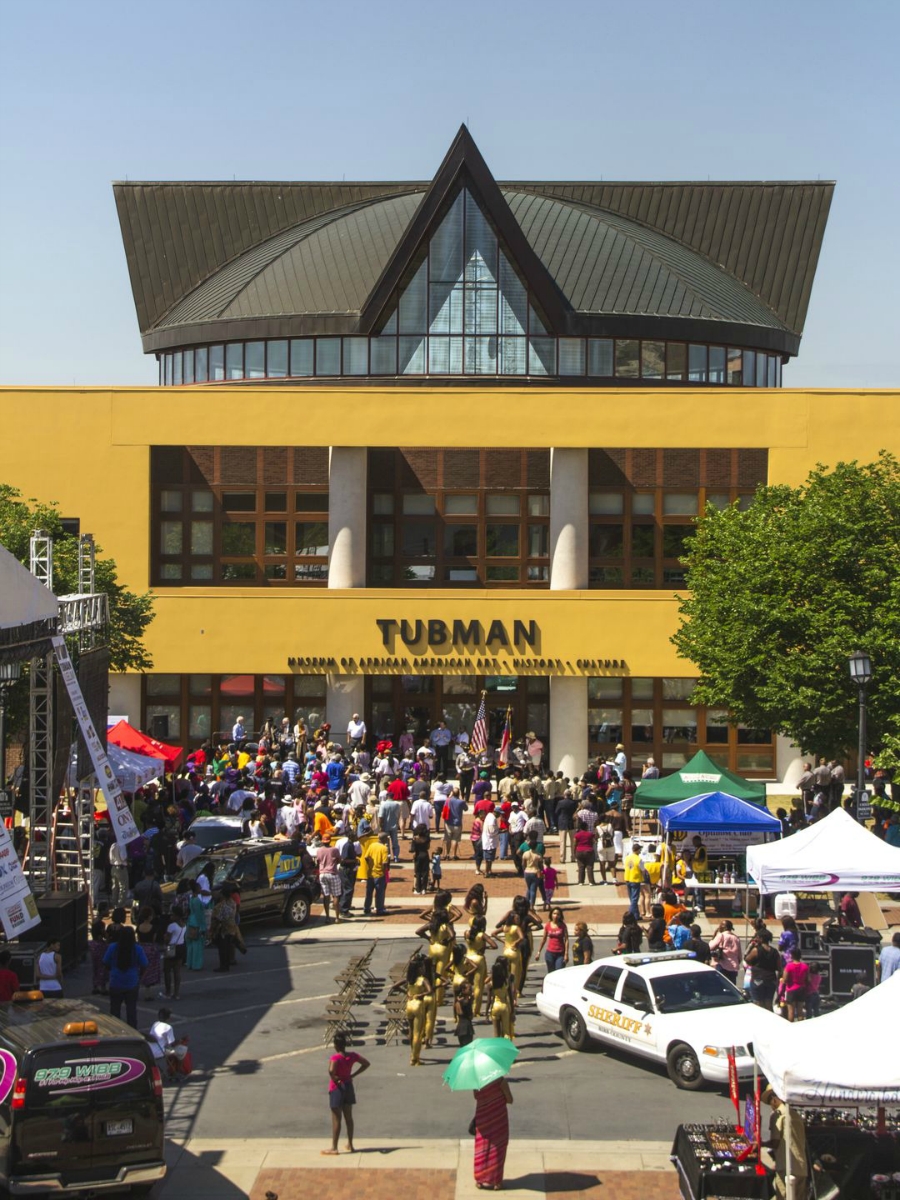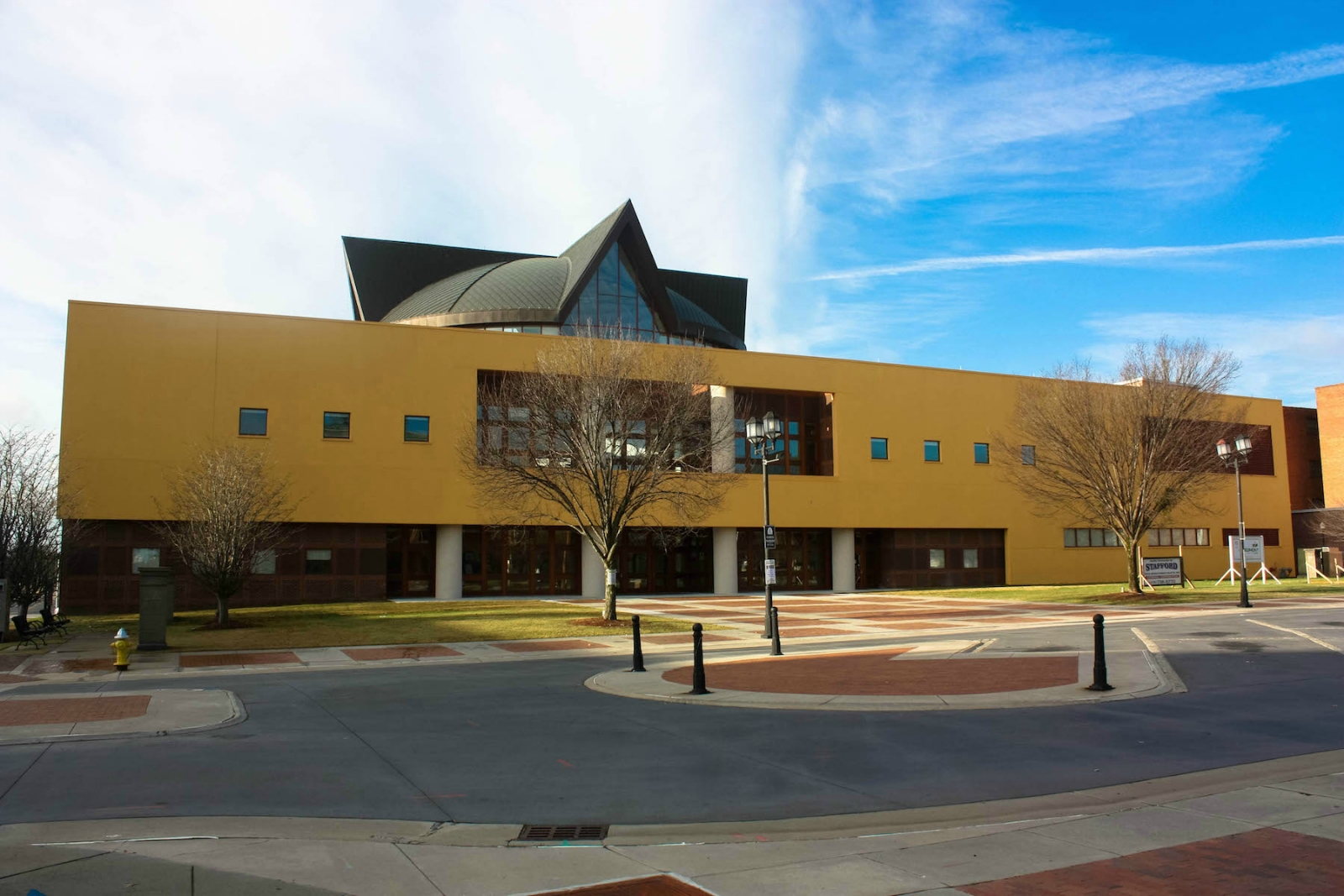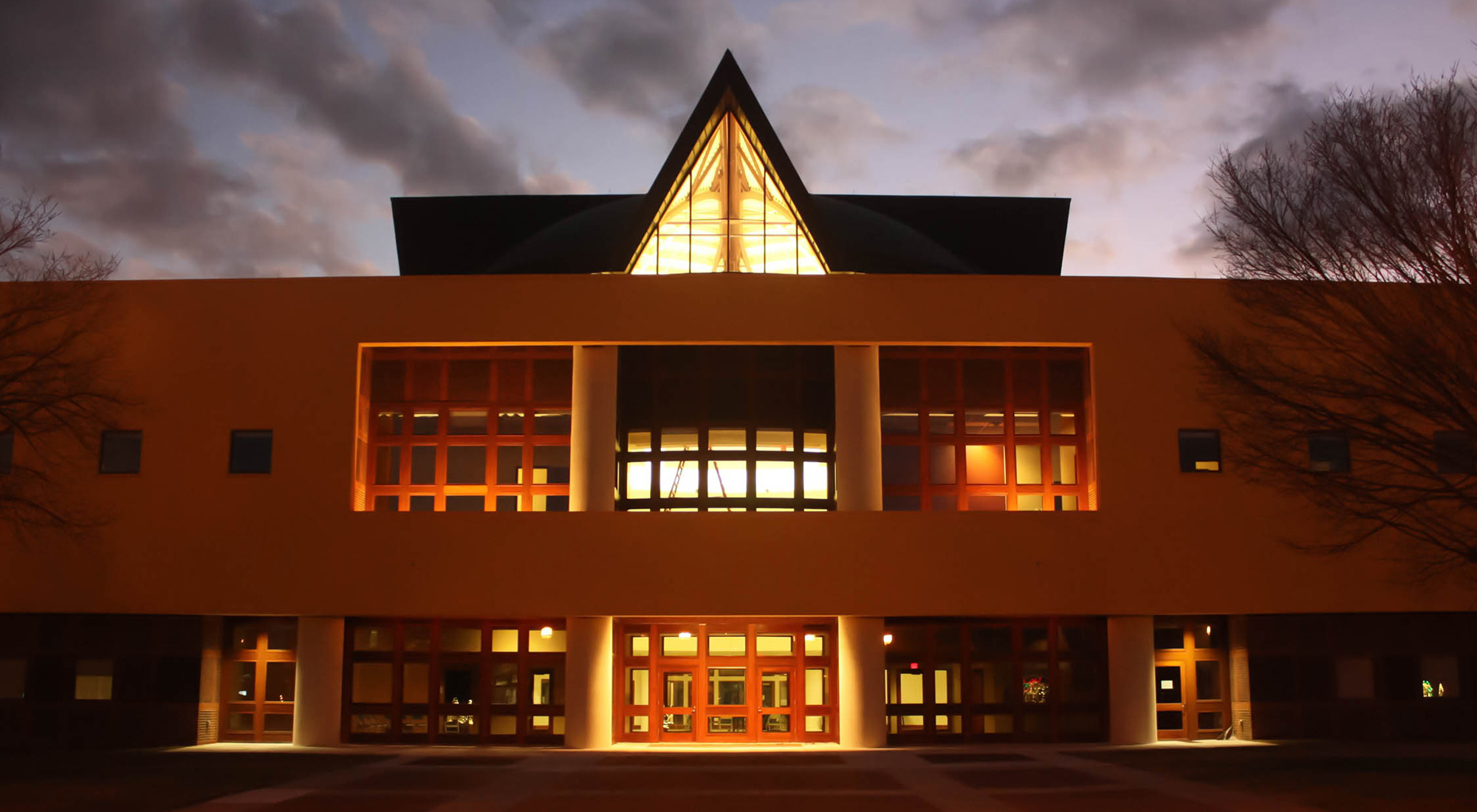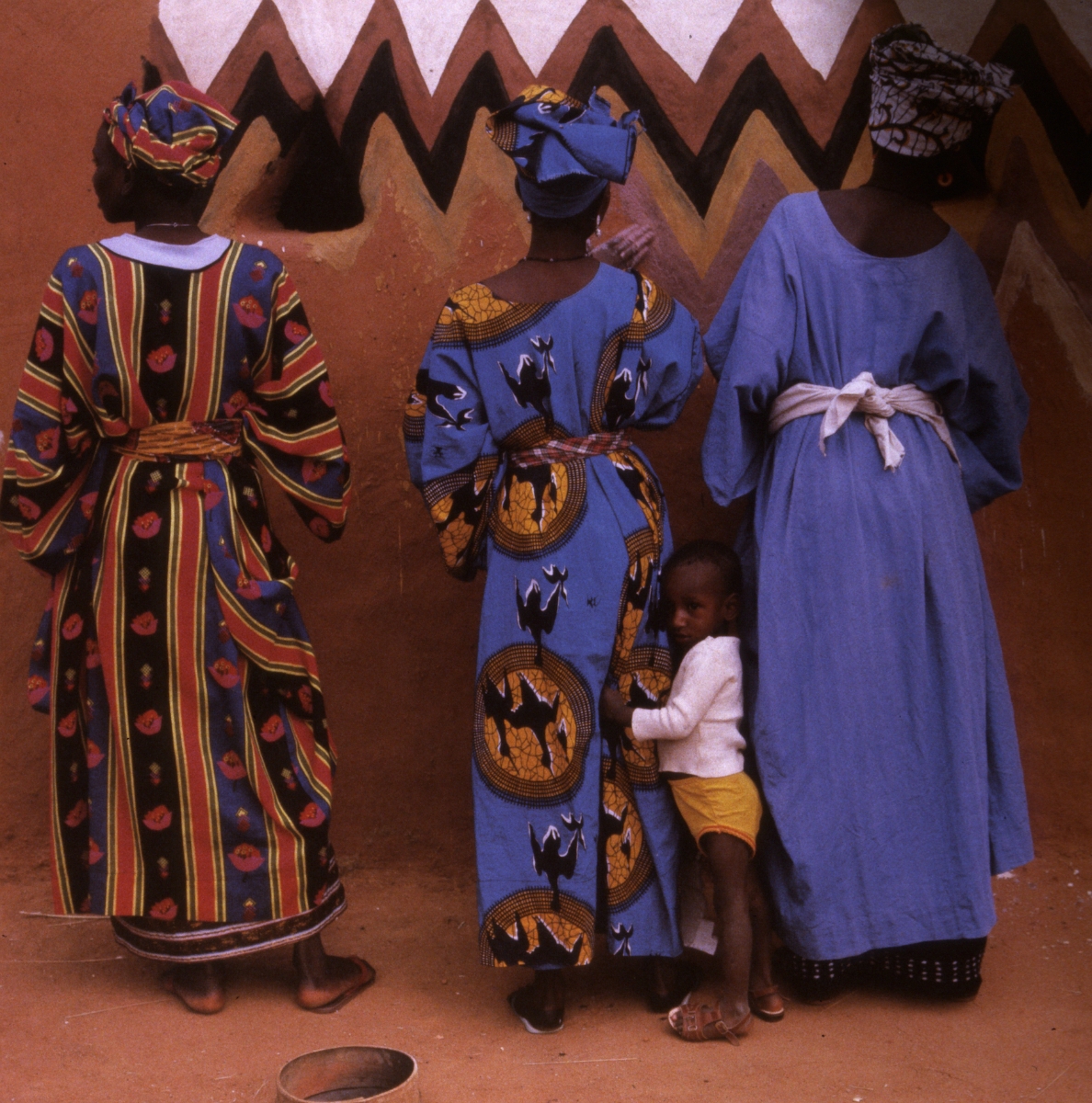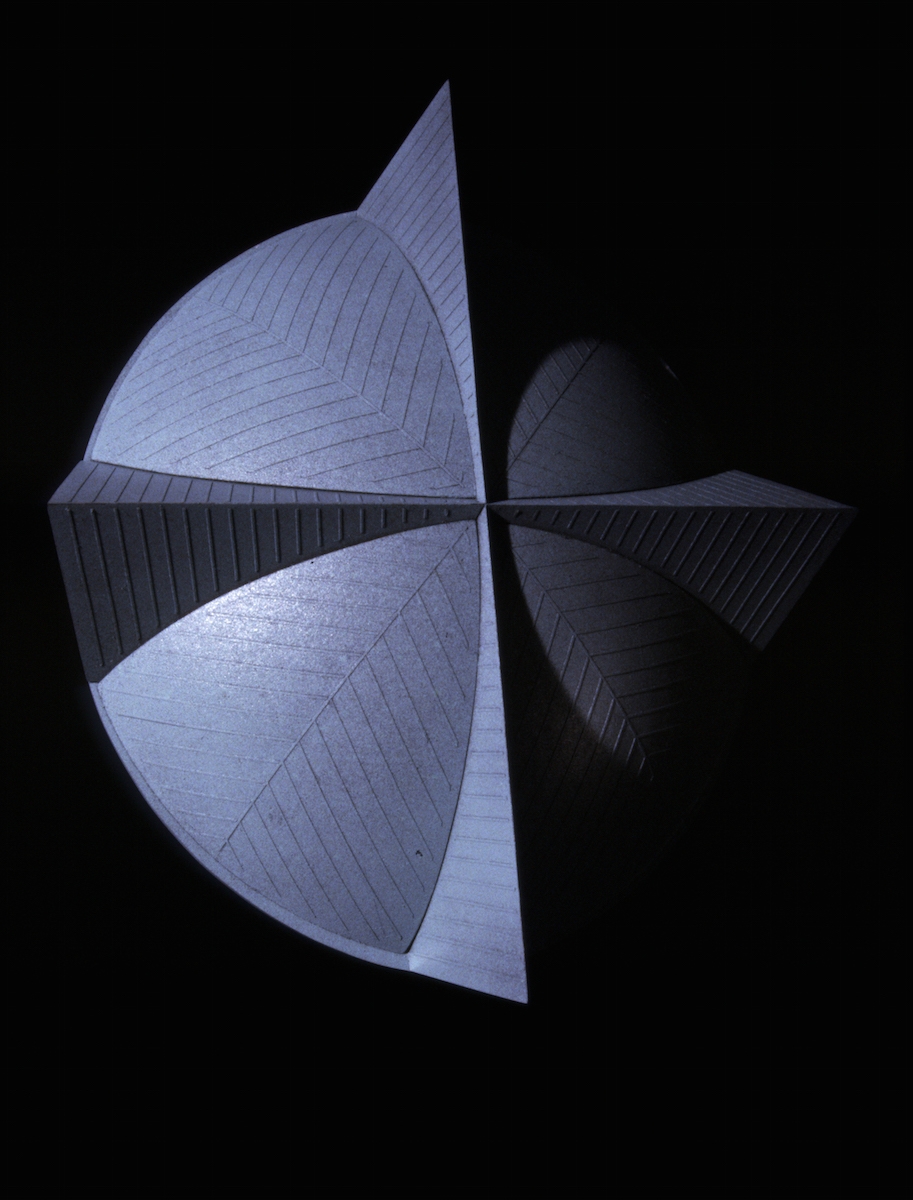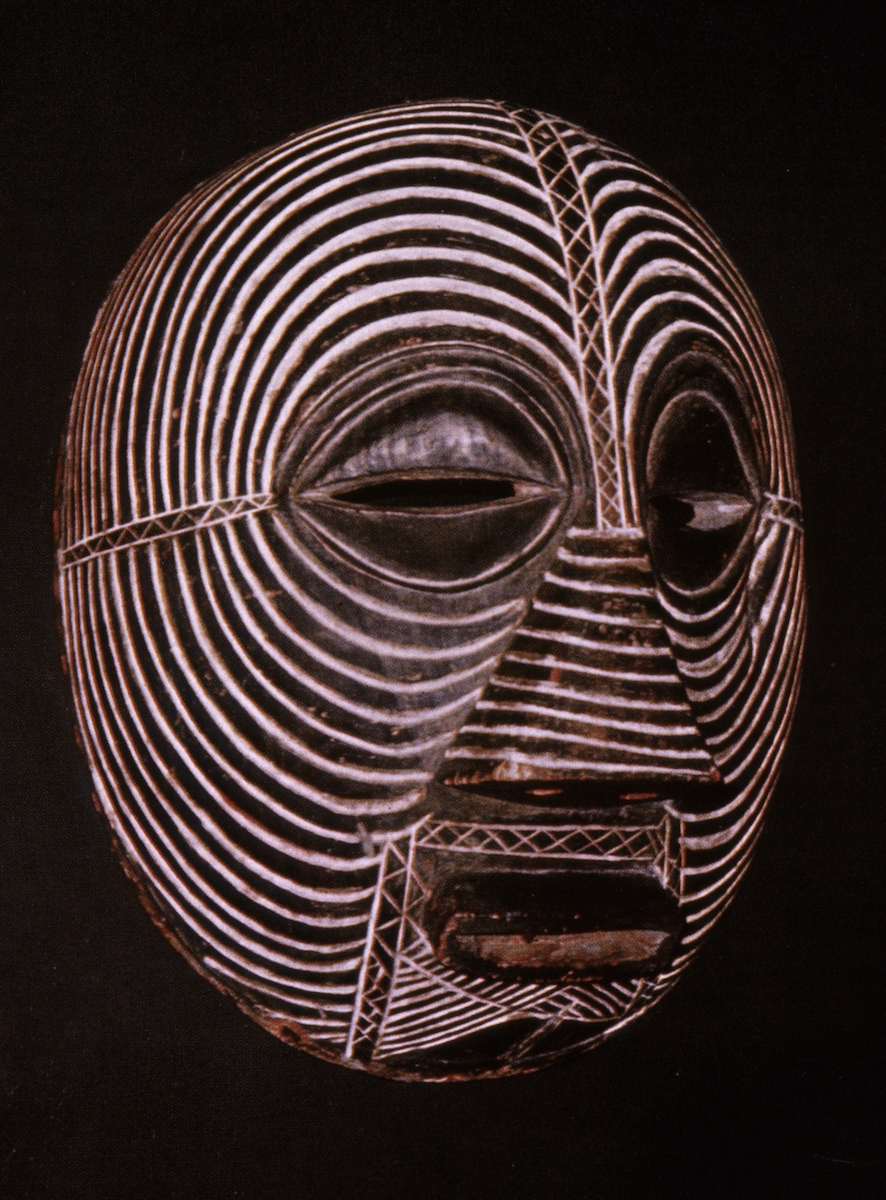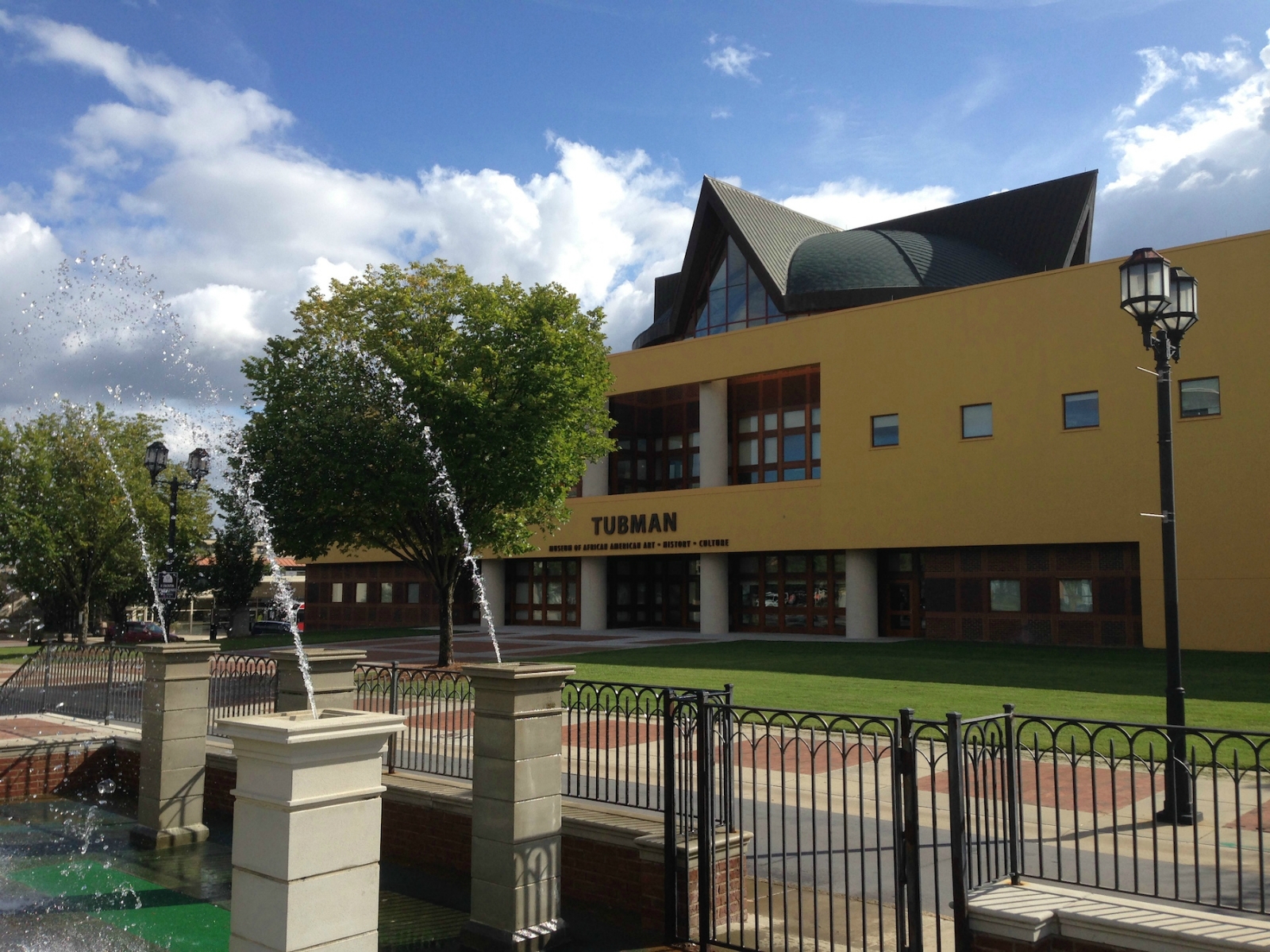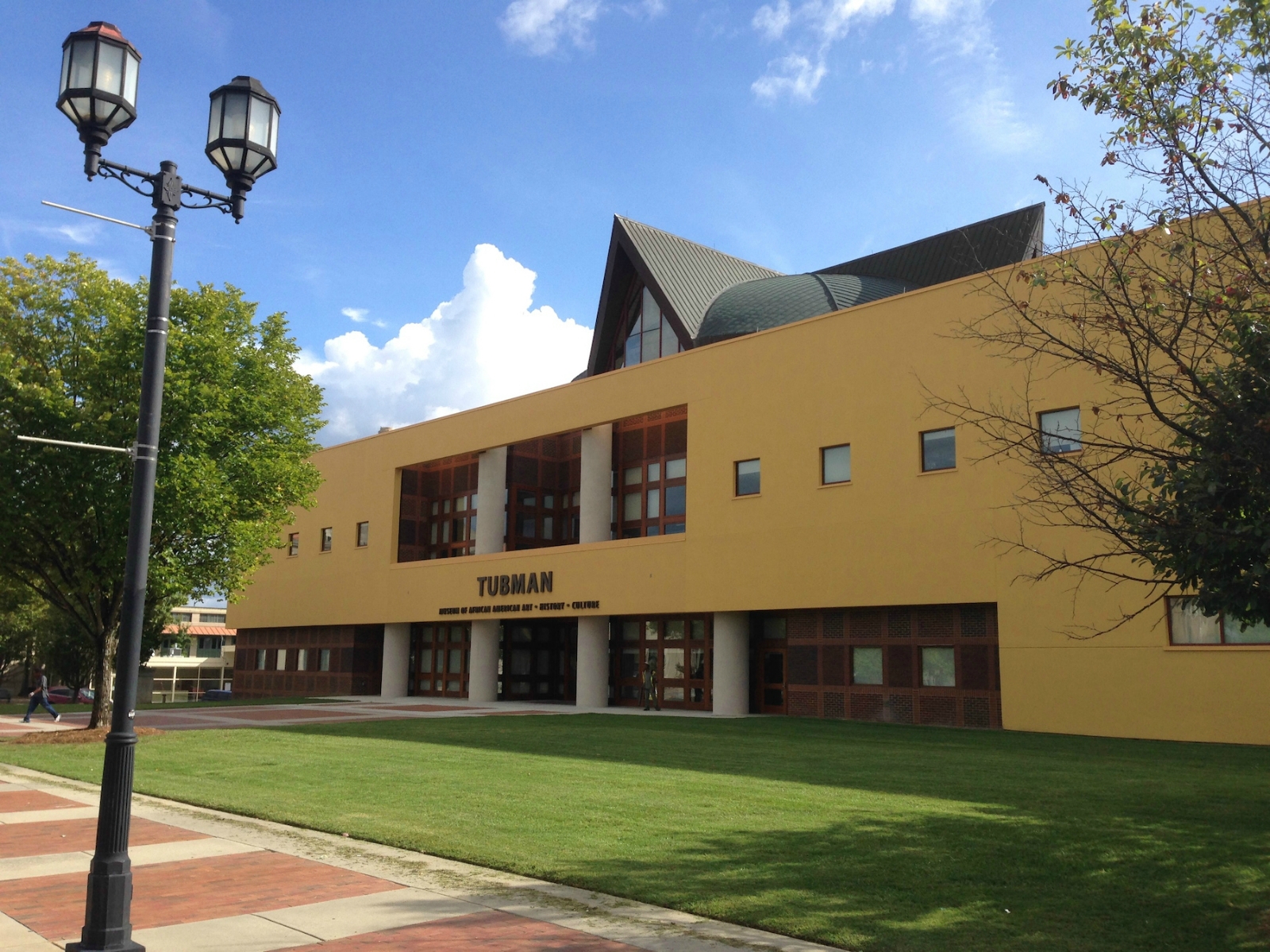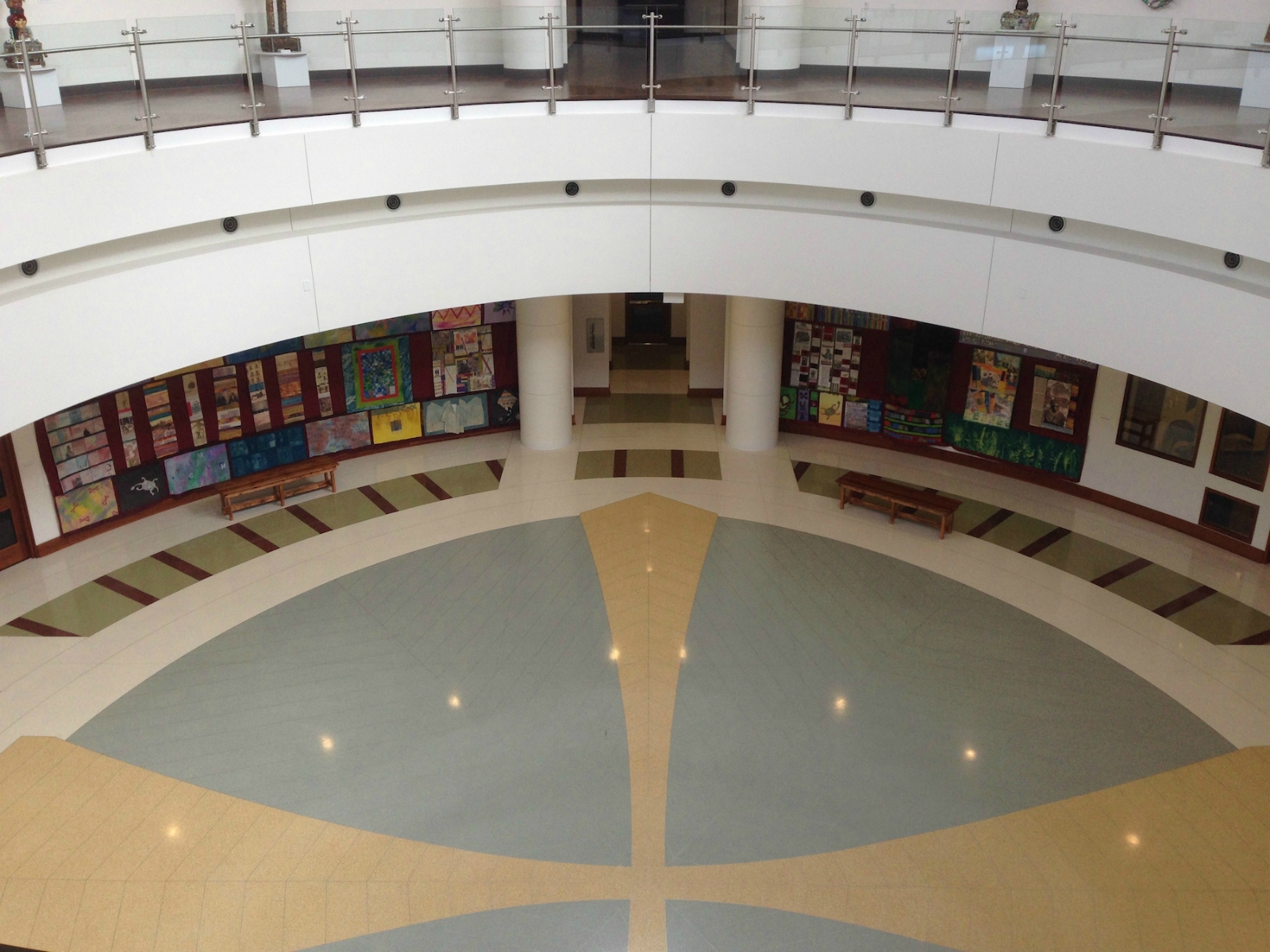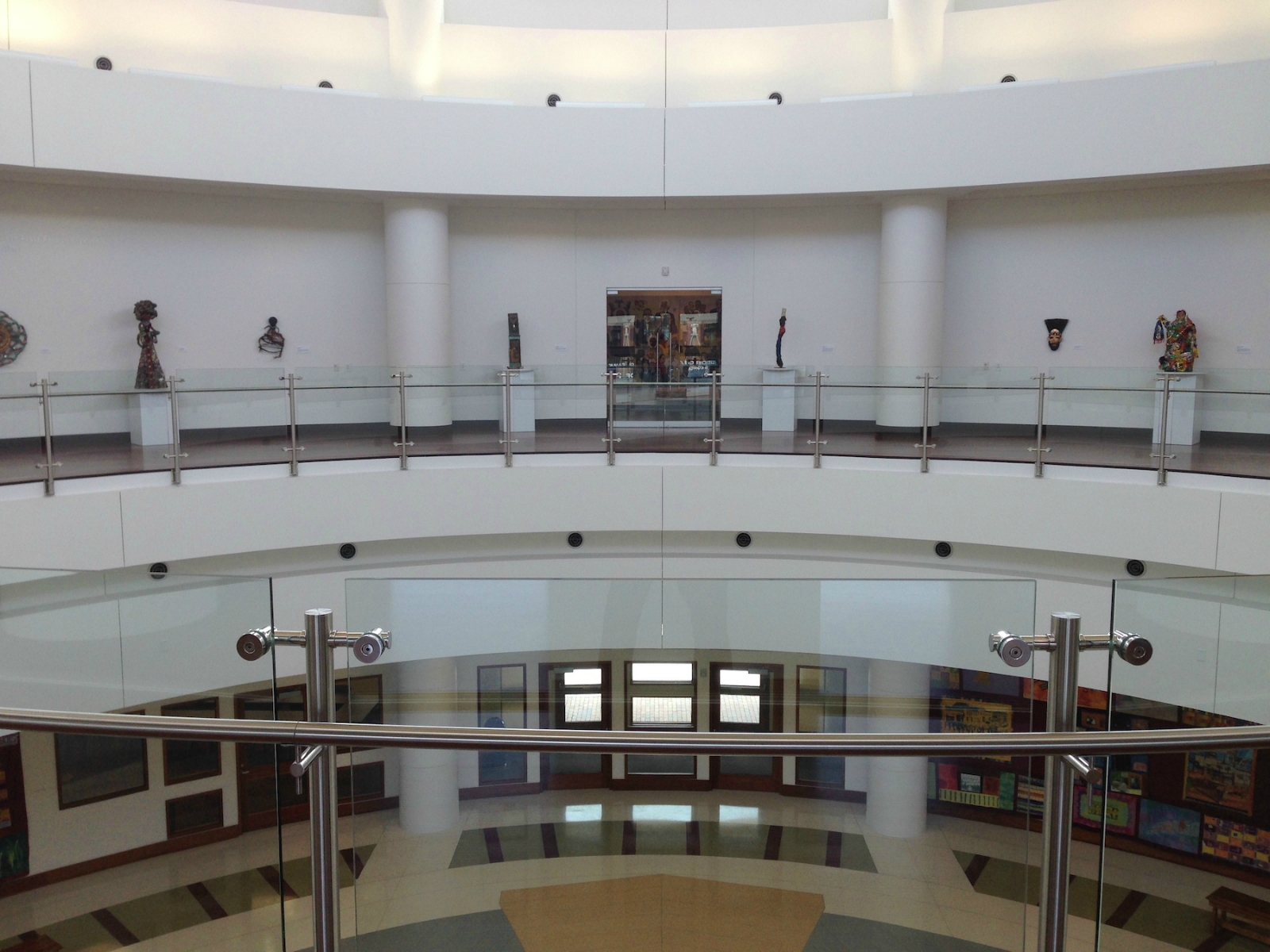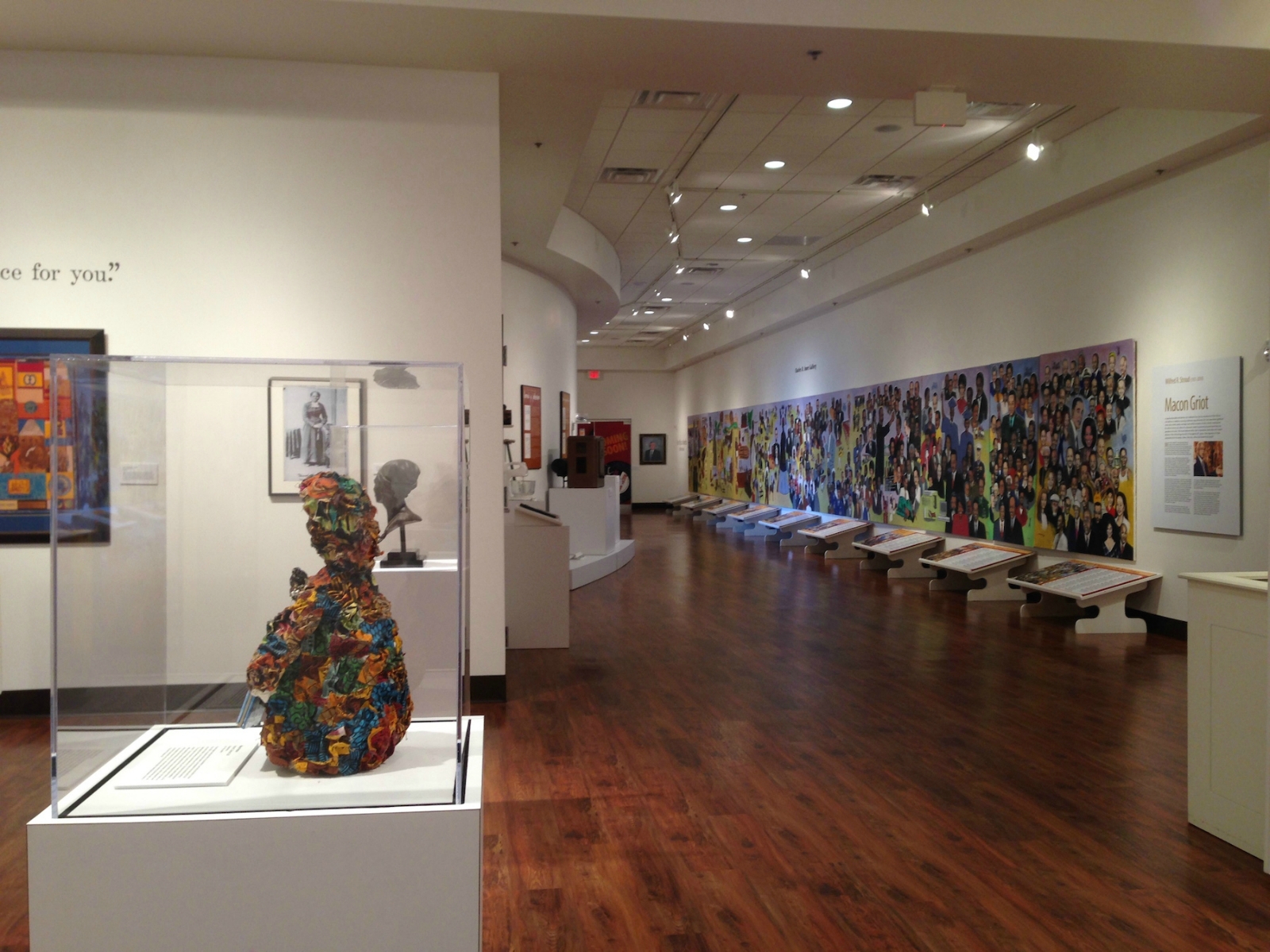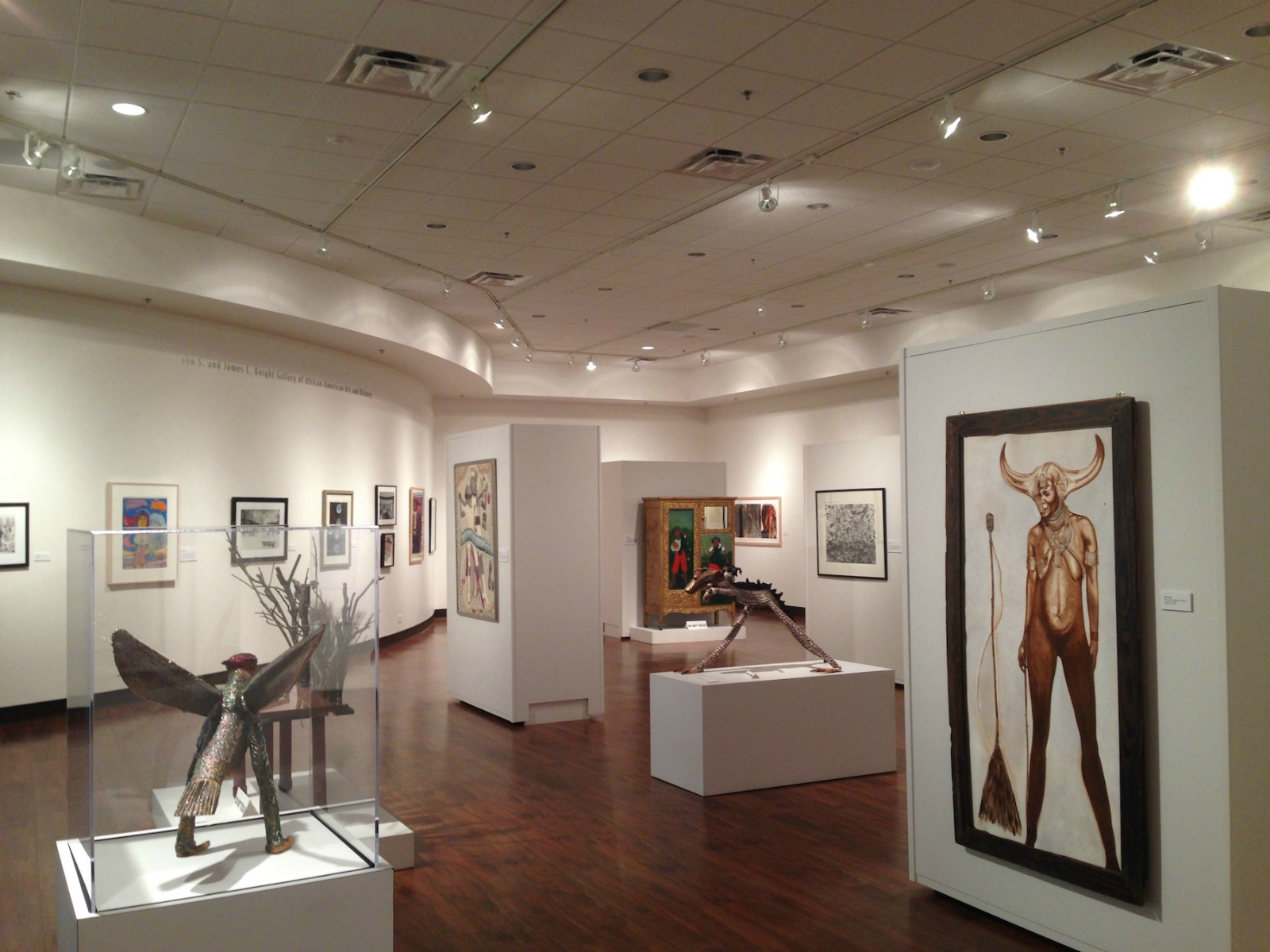Tubman Museum
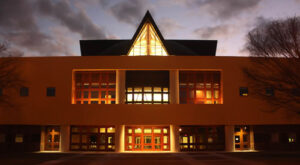
Location: Macon, Georgia
Role: Architect & Museum Planner for new Museum; Led team of engineers and specialist museum consultants; Collaborated with exhibit design firm (PRD)
Program: Permanent and changing art exhibits, music and dance performance areas, lobby, cafe, gift shop, function space, classrooms, collection storage, exhibit support, and offices
Building Area: 49,000 sf
Status: Opened in 2015.
Description:
The Tubman Museum’s design seeks to reflect images that are evocative of African American history, culture and art. The challenge for the design of the Tubman Museum was to find an architectural expression which is meaningful and appropriate, yet symbolic of this museum’s unique stature. VernerJohnson’s architectural design found its inspiration in the Tubman Museum’s own collection. The museum’s architecture recognizes the power and importance of color, pattern and texture in African American traditions and art, and uses each of them to create a truly unique place which symbolizes an artistically rich and highly spirited part of Macon’s, Georgia’s and America’s cultures.
Like many forms of African and African American art, the building’s basic structure and profile are simple and clear, but it is embellished with layers of nuance and symbolism. For example, the brick portions of the façade are laid up in bands of alternating colors of brick. Within each of these bands, subtler sub-patterns of brick are visible which recall the traditional patterned brickwork of Macon’s African American craft masons. Some of these subtler patterns are also reminiscent of traditional African and African American basket and textile weave patterns.
The museum’s north and south facades are large “canvases” in the color of a naturally-occurring clay from West Africa called edo. Edo is a rich golden ochre color and is very compatible with bricks made from Georgia’s red clay soils. The color of edo recurs in African pigments, textiles and ceramics, but also is present in Carribean architecture and decorative art, as well as in African American art.
A ribbed elliptical copper dome, intersected by two ridged roofs, is located over the museum’s central public space and is essentially an ornamental “hat” for the building. It’s form is inspired by BaLuba masks, and it is intended to also be evocative of a traditional African ceremonial headdress.

